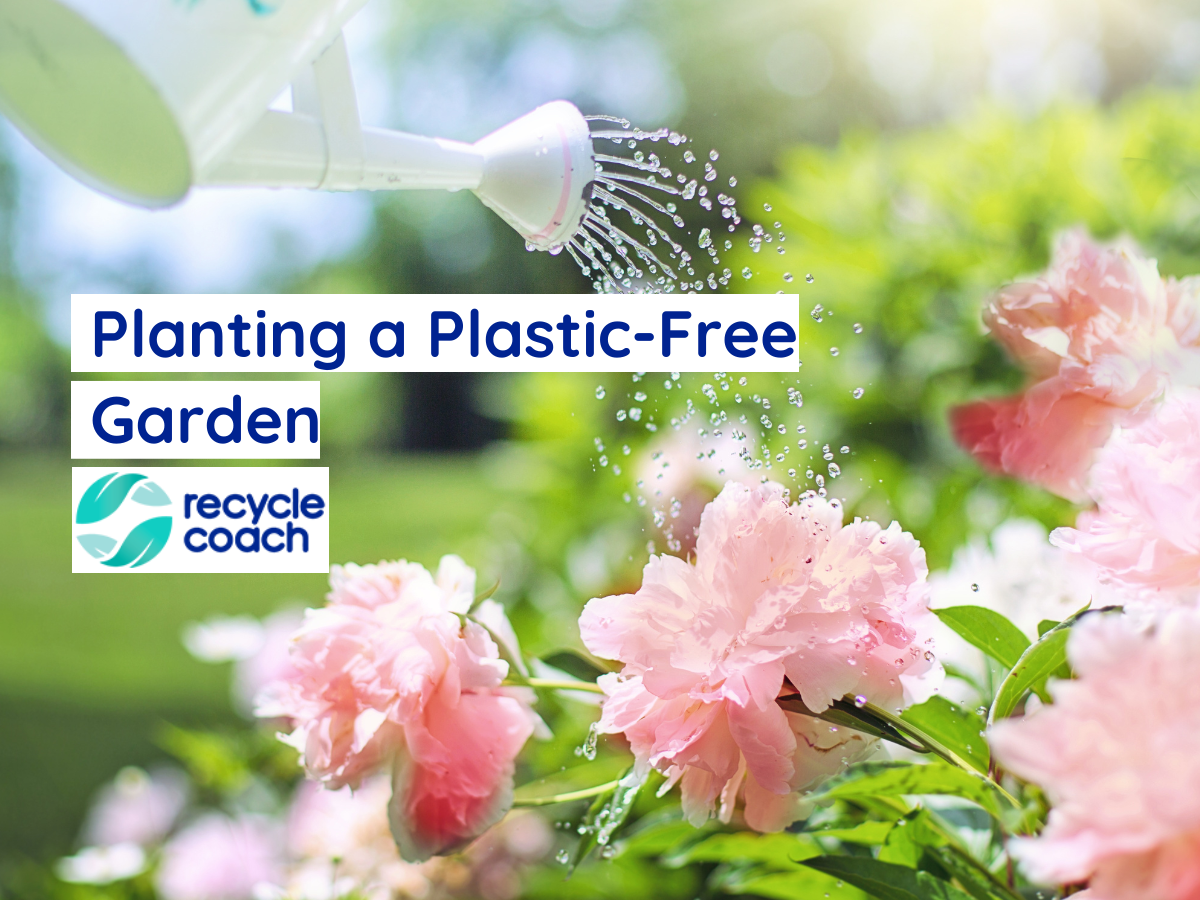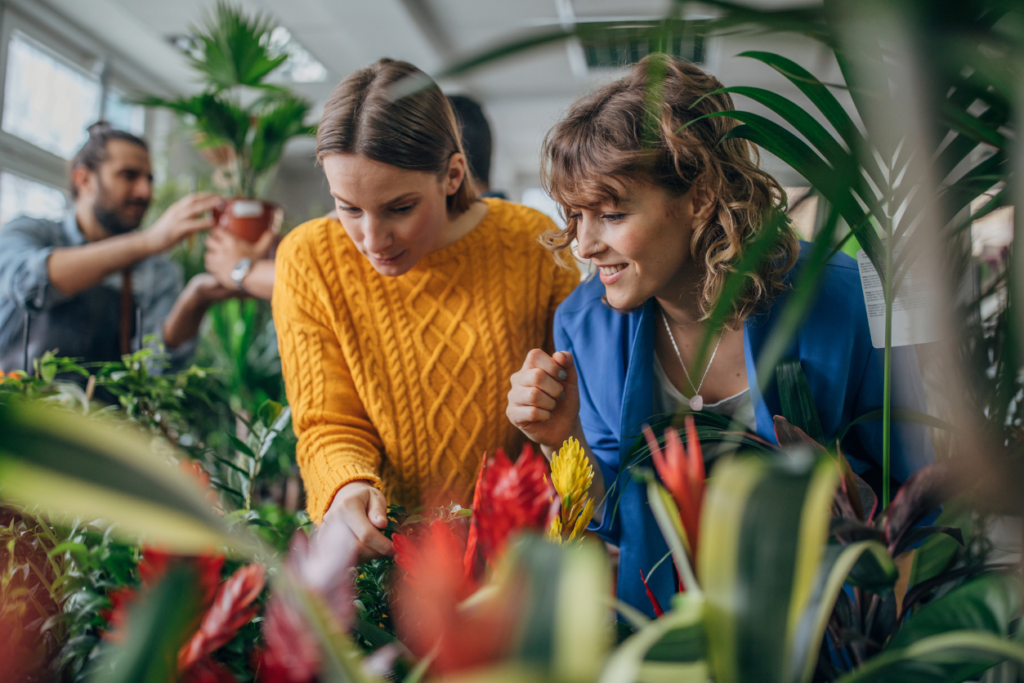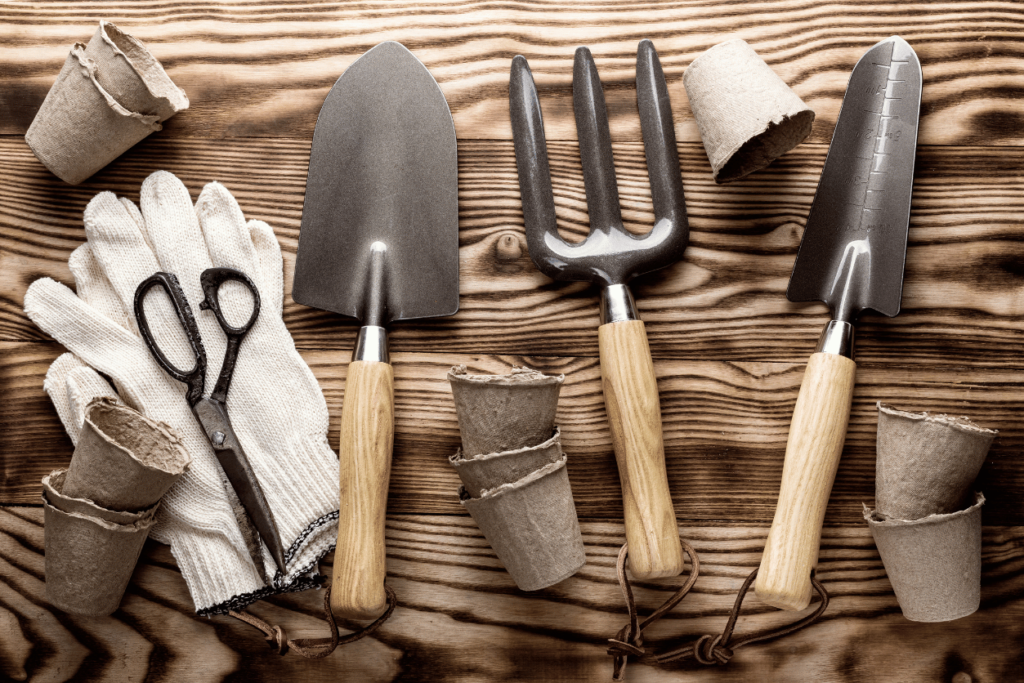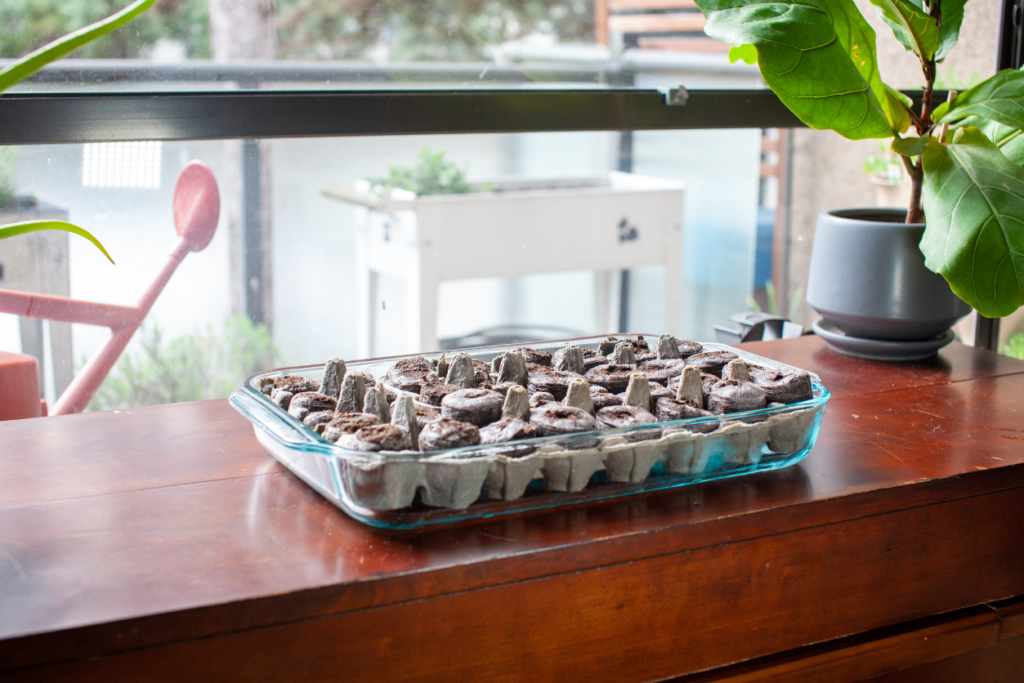Planting a Plastic-Free Garden

We produce more than 50 million tons of plastic waste a year, and only 15% of that makes it to the recycling plant. The rest ends up in a landfill. And unfortunately, of the materials that do reach a recycling facility, most end up incinerated or otherwise disposed of.
Whether your garden is filled with colorful blooms or nutritious vegetables, every gardener has an appreciation for planet Earth and the wonders of Mother Nature. For this reason, we should all do what we can to minimize the use of single-use plastics.
While it may seem daunting at first, there are actually quite a few simple ways to minimize or eliminate plastics from your garden.
Minimize Trips to the Garden Store

One of the easiest ways to go plastic-free is to stop purchasing materials packaged in plastic bags, such as mulch, topsoil, and potting soil. Look for these products in compostable packaging. If that’s not available, consider purchasing these materials in bulk to avoid excess plastic.
Ideally, you can get a dump directly on your driveway, which avoids packaging altogether. If your needs don’t meet the minimum order requirements, see if any of your neighbors are interested in sharing the materials.
Landscaping paper is another big culprit for plastic use in the garden, but there are many environmentally friendly alternatives to this synthetic product. Cardboard and newspaper actually do a great job of preventing weed growth, as does yard waste.
If you enjoy gardening, you should learn to love composting. Recycling organic waste is an easy process that will greatly benefit your garden. Quality compost will reduce your need for fertilizers, soil additives, and even additional soil –– all items that are packaged in single-use plastics.
Rethink the Tools You Buy

Hoses are another major culprit of plastic waste. Regardless of the type of hose you have, it will include plastic materials that cannot serve a new purpose once the hose deteriorates. There are also studies showing that various materials leach into the water supply from the hose itself, including phthalates.
Once your current hose fails, consider replacing it with a quality metal watering can. While this is perhaps not as convenient as a hose, it is a much better alternative to plastic hoses. Since you probably already have a perfectly good hose, start using a watering can occasionally to minimize leached chemicals reaching your soil.
With other lawn tools, including rakes, hoes, shovels, and shears, focus on metal and wooden items. Tools with wooden handles are just as comfortable to use as those with plastic ones, and they are much more sustainable.
If the cost of a metal tool is concerning, or you are looking for a cheap item you’ll need once or twice, look to connect with other gardeners in your area. Sharing and repurposing materials and tools –– plastic or not –– is a wonderful way to introduce sustainability into your garden.
Start with Seeds and Scraps

When shopping at the garden store, you see that pretty much all plants are packaged in disposable plastic containers. Avoiding this is a great step in minimizing plastic waste. Look for plants packaged in cardboard or other sustainable materials or start your own plants at home.
You can plant seeds in a variety of containers and then transplant them into your garden come springtime. Toilet paper tubes are a great alternative and something you can probably collect pretty easily. Clean muffin tins, glass jars, and yogurt cups –– another single-use plastic –– can all be home to germinating plants.
Seeds are most often sold in paper envelopes, thus avoiding plastic waste. If you already have a rather prolific garden, you can collect seeds from your yield each year and use those to start new plants. A lot of veggies and herbs can also be started from kitchen scraps.
Even the plastics that do find their way to a productive recycling plant aren’t effectively reused. The polymers in plastic are fragile, so they can only be repurposed 2 to 3 times. While tossing items into the recycling bin may make us feel good, the reality is that we’re poisoning every aspect of our world with each piece of disposable plastic we consume.
Going entirely plastic-free may seem daunting, but you can start small. Each choice to reduce single-use plastic consumption is a step in supporting our natural resources and protecting our environment.
Author Bio
Alison Hoover is a freelance writer for LawnStarter, an outdoor services provider. A midwesterner through and through, she loves to spend her time baking and reading. LawnStarter encourages eco-friendly practices with articles like “Don’t Bag: Mulch Your Grass Clippings for a Healthy Lawn,” “8 Best Composting Bins,” and “Most Sustainable Cities”